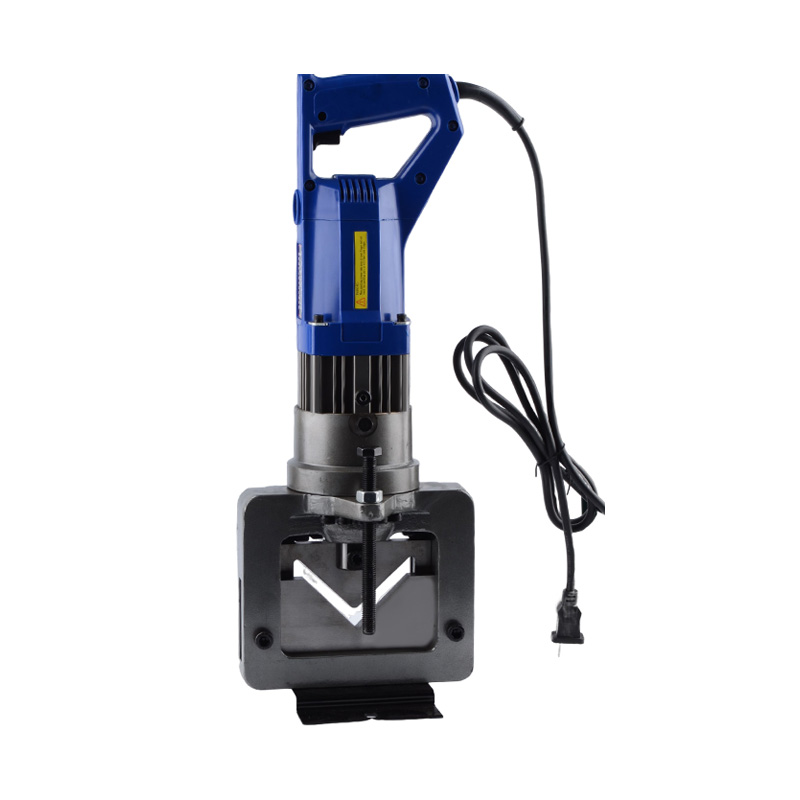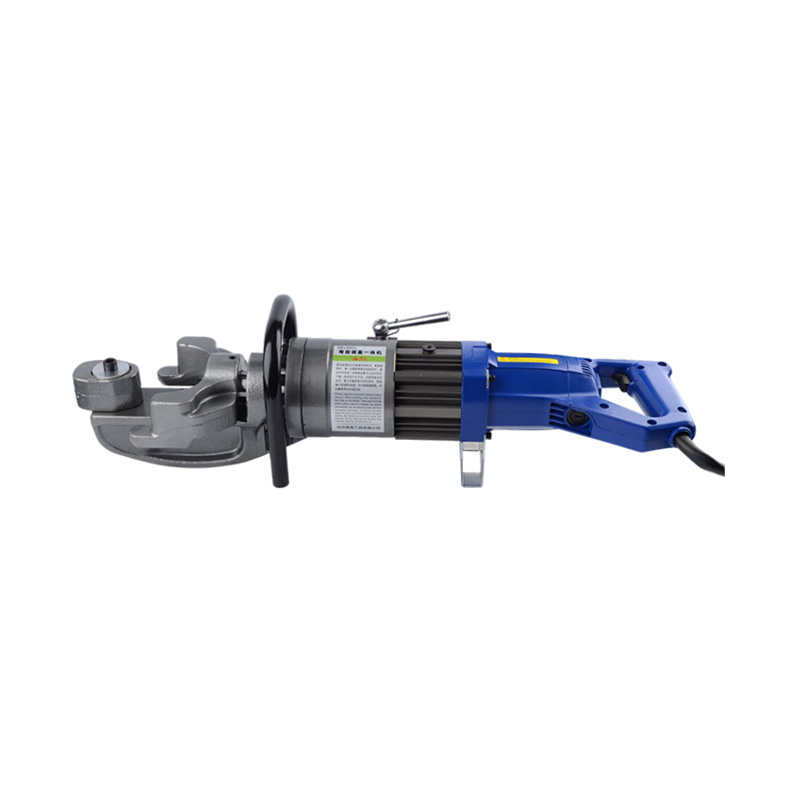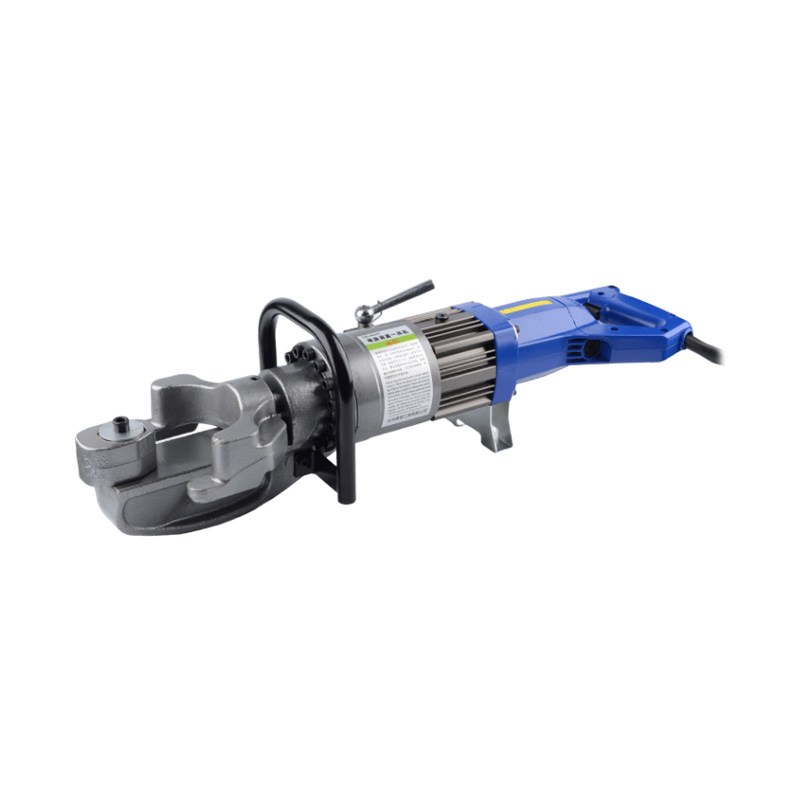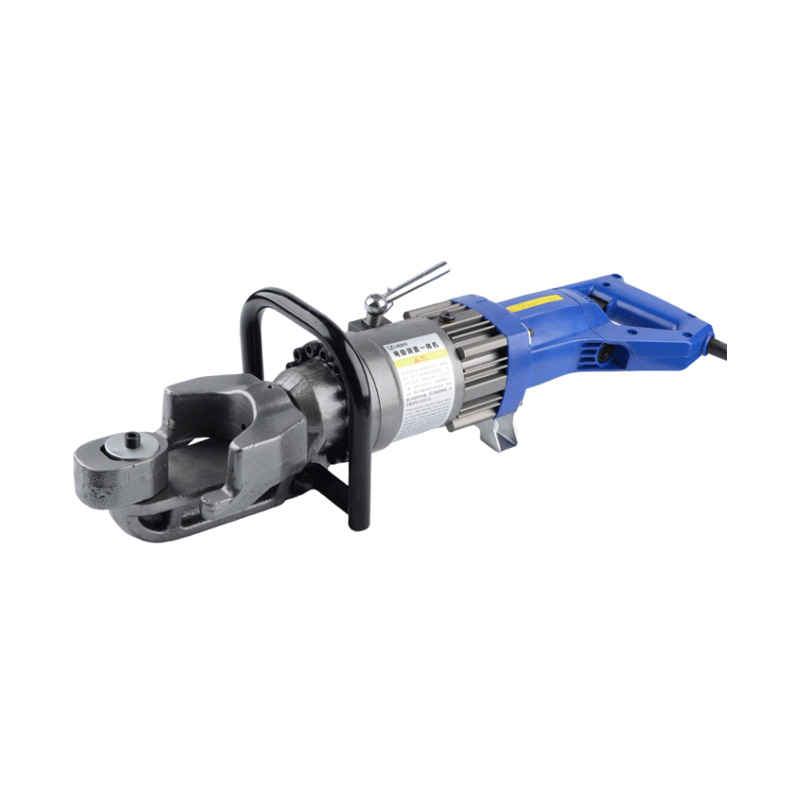The global industrial sector is witnessing transformative advancements in hydraulic pump technology as manufacturers develop smarter, more efficient solutions to power modern machinery. These critical components, which convert mechanical power into hydraulic energy, are undergoing significant evolution to meet the demanding requirements of today's equipment.
In construction and heavy equipment, variable displacement pumps represent one of the lots of important technological breakthroughs. Modern excavators and loaders now utilize intelligent pump systems that automatically adjust flow rates in real-time, optimizing performance while reducing fuel consumption by 20-30%. The latest electro-hydraulic configurations enable precise digital control of hydraulic functions, replacing traditional mechanical systems with more responsive electronic alternatives. These innovations not only improve operational efficiency but also contribute to lower emissions and reduced environmental impact.
Manufacturing applications demand hydraulic pumps capable of continuous operation under heavy loads. Contemporary industrial pumps incorporate advanced materials and bearing technologies that extend service intervals while maintaining consistent pressure output. Many models now feature integrated condition monitoring systems with vibration, temperature, and pressure sensors that enable predictive maintenance strategies. This represents a significant shift from reactive to proactive equipment management, small unplanned downtime in production environments.
The agricultural sector presents unique challenges that have driven specialized pump development. Modern farm equipment requires hydraulic solutions that can withstand bad temperature variations, resist contamination from field conditions, and deliver reliable performance throughout long operating seasons. Manufacturers have responded with ruggedized pump designs featuring enhanced filtration systems and wear-resistant components. Some agricultural machinery now utilizes hybrid hydraulic systems that combine conventional pump technology with electric assist functions, improving both efficiency and controllability.
Several technological trends are shaping the future of hydraulic pump development. New composite materials are reducing component weight while increasing durability, and precision manufacturing techniques are achieving tighter tolerances for improved efficiency. The integration of smart technologies is producing pumps with embedded sensors and connectivity features that communicate with machine control systems. These intelligent pumps can adjust their operation dynamically based on real-time performance data and operating conditions.
Sustainability initiatives are driving significant innovation in hydraulic pump design. Energy-efficient models that less heat generation and internal leakage are gaining prominence, particularly in markets with strict emissions regulations. Some manufacturers are developing systems with energy recovery capabilities that capture and reuse power during braking or lowering operations. These advancements not only reduce environmental impact but also lower operating costs through decreased energy consumption.
The industrial Internet of Things (IIoT) is transforming hydraulic pump maintenance and operation. Connected pump systems now provide operational data to centralized monitoring platforms, enabling remote diagnostics and performance optimization. Predictive analytics algorithms can identify potential issues before they cause failures, while machine learning techniques help optimize pump parameters for specific applications and conditions. This digital transformation is extending pump service life and improving overall system reliability.
These advancements in hydraulic pump technology demonstrate how traditional mechanical systems can adapt to meet modern industrial requirements. By combining mechanical innovation with digital intelligence, manufacturers are creating hydraulic solutions that deliver predominant performance, efficiency, and reliability across diverse applications. The continued evolution of these critical components will play a vital role in shaping the future of industrial and mobile equipment.

 English
English 中文简体
中文简体 русский
русский GET A QUOTE
GET A QUOTE





